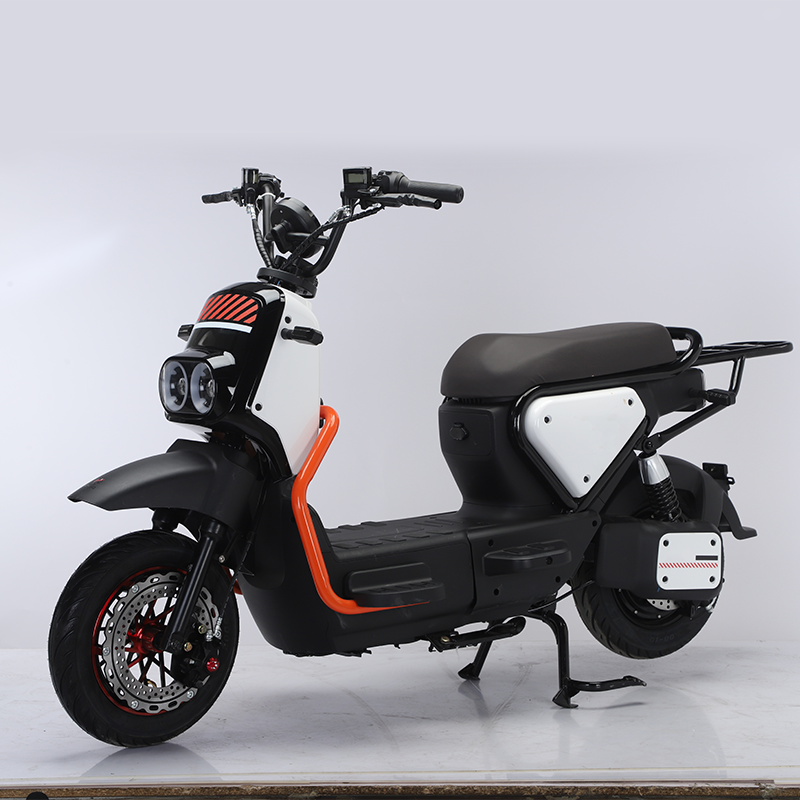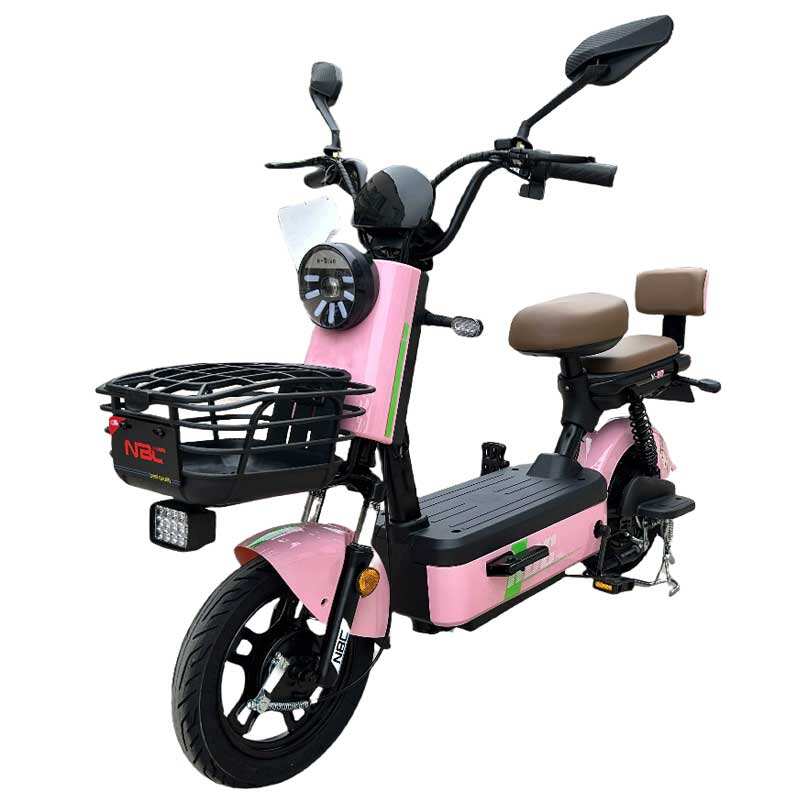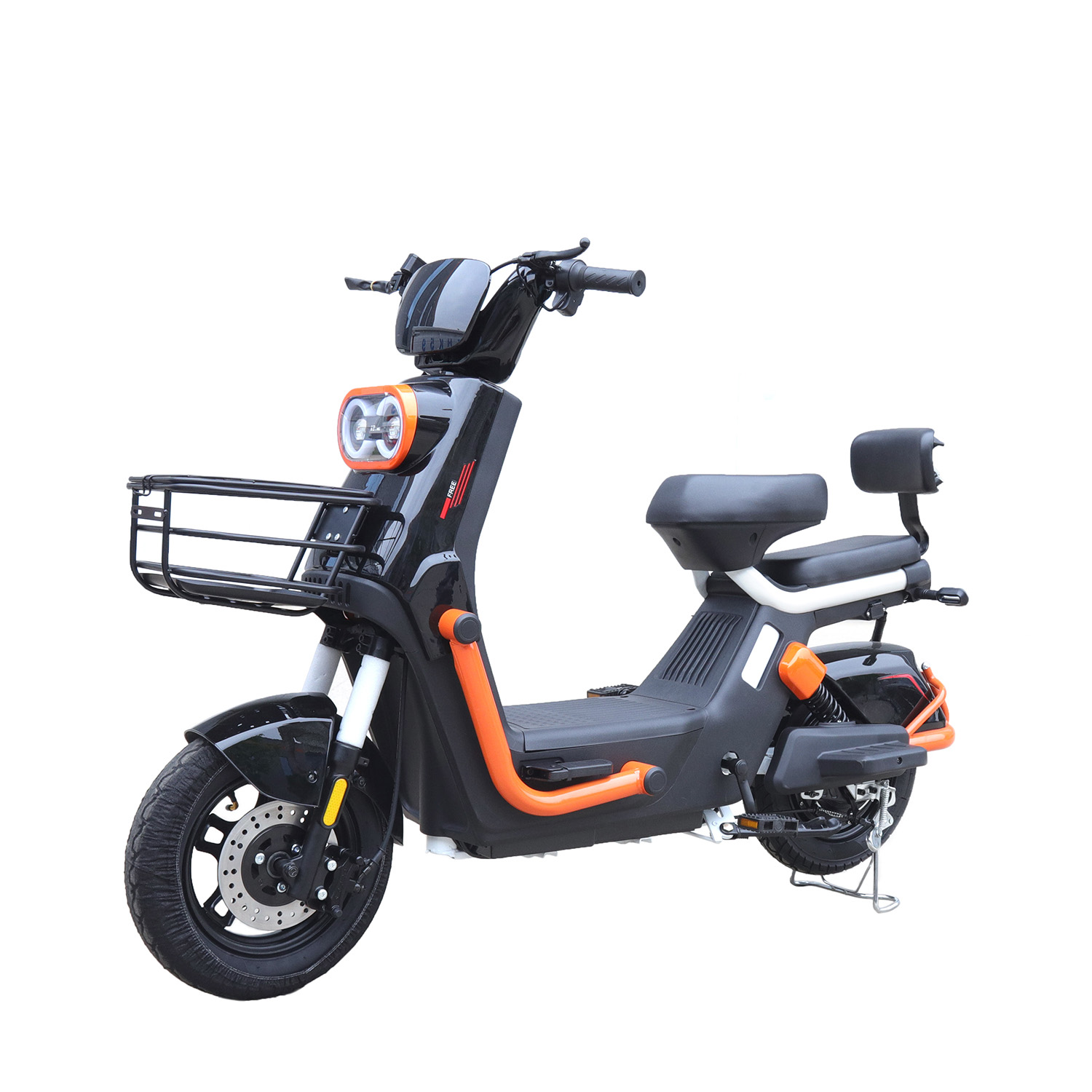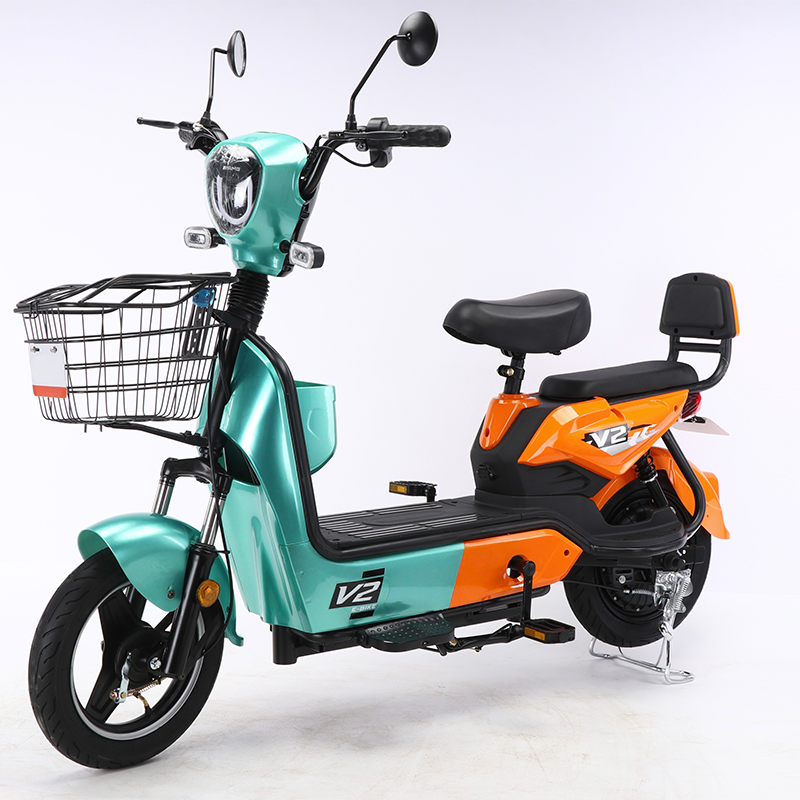Why Riding a City Bike Every Day Is Beneficial
City biking is becoming an increasingly popular choice for daily commuting and urban travel. The growing awareness of environmental issues, coupled with the need for more efficient transportation options, has made city bikes a common sight on city streets. In this article, we will explore the many advantages of riding a city bike daily, and why it could be the perfect solution for anyone looking to make their daily commute more eco-friendly, cost-effective, and healthy.
Physical and Mental Health Benefits of Riding a City Bike
Cardiovascular Health and Fitness
Riding a city bike regularly offers significant health benefits, especially for your cardiovascular system. Biking is a great form of aerobic exercise that strengthens the heart and improves blood circulation. Whether you’re commuting short distances or taking a longer ride, cycling engages multiple muscle groups and provides an effective workout.
Even if you’re not looking for intense fitness training, the moderate exercise you get from biking daily can help reduce the risk of heart disease, stroke, and high blood pressure. It is an excellent way to stay active, especially for those who have sedentary jobs or lifestyles. By incorporating biking into your daily routine, you’ll improve your stamina and energy levels, making it easier to tackle other physical activities throughout the day.
Mental Health and Stress Relief
Aside from its physical benefits, cycling has a profound impact on mental well-being. Studies have shown that physical activity, such as biking, can reduce stress, anxiety, and symptoms of depression. The act of pedaling through city streets not only provides exercise but also offers an opportunity for mental clarity and relaxation.
When you ride a city bike, you are in motion, and your mind is often focused on the ride itself, helping you forget the stresses of daily life. The fresh air, the physical exertion, and the sense of accomplishment after each ride can boost your mood and improve your overall mental health. It’s a great way to clear your mind after a long day at work, ensuring that you feel refreshed and rejuvenated.

Environmental Benefits of Riding a City Bike
Reducing Carbon Emissions
One of the most compelling reasons to ride a city bike is its positive environmental impact. With rising concerns over climate change and pollution, reducing our carbon footprint has become more important than ever. Bikes, unlike cars or motorbikes, are powered solely by human energy, producing zero carbon emissions. This makes them a much greener alternative to traditional vehicles.
By opting for a city bike over a car for daily travel, you’re helping to reduce air pollution and greenhouse gas emissions, which are major contributors to global warming. Additionally, bikes require far fewer resources to manufacture, and they don’t consume fossil fuels like gasoline-powered vehicles. This makes them one of the most eco-friendly transportation options available today.
Reducing Traffic Congestion
Cities worldwide are facing the problem of increasing traffic congestion, which leads to wasted time, air pollution, and higher stress levels for drivers. Riding a city bike can be a solution to this issue. Bicycles take up significantly less space on the road than cars and motorbikes, which helps alleviate traffic congestion. Additionally, cyclists can often navigate around traffic jams, reducing the time spent in transit.
As more people opt to ride city bikes, the demand for parking spaces also decreases, reducing the overall need for parking lots and garages. This creates a more sustainable, less crowded urban environment, contributing to a higher quality of life for city dwellers.
Economic Advantages of Riding a City Bike
Cost Savings
Another benefit of riding a city bike is the amount of money you save. Owning and maintaining a car is expensive, with costs including fuel, parking, insurance, and regular maintenance. City biking, on the other hand, is a low-cost mode of transportation. While there may be initial costs for purchasing a bike, maintaining a bike is far cheaper than maintaining a car.
Cycling also eliminates the need for fuel expenses, which have been steadily rising in recent years. When you factor in the savings on gas and parking, biking can significantly reduce your monthly transportation costs. Many cities also offer bike-sharing programs, making it even easier and more affordable to incorporate biking into your daily routine.
Easy Maintenance
City bikes are easy to maintain compared to cars and motorbikes. They have fewer moving parts and require less frequent servicing. Most cyclists only need to perform routine checks on the tires, brakes, and chain, and occasional maintenance is typically inexpensive. For those who rely on cars, maintenance costs like oil changes, tire replacements, and engine repairs can add up quickly.
In addition to its low maintenance, city bikes also have long lifespans with proper care, ensuring that you get many years of use out of your investment. With a bit of regular upkeep, your bike will continue to serve you well for many years to come.
Convenience of Riding a City Bike
Flexibility and Ease of Use
Riding a city bike daily offers great flexibility, especially when navigating through crowded urban areas. Unlike cars, which are subject to traffic jams, bicycles allow you to take shortcuts, bike lanes, or quieter routes to reach your destination more efficiently. In many cities, bike lanes and designated bike paths make it easier and safer for cyclists to navigate through urban areas.
Furthermore, riding a city bike is often faster than taking public transportation, especially for shorter distances. You don’t have to worry about waiting for buses or trains, and you can choose the fastest route based on your preferences and schedule. This flexibility can make your daily commute more efficient and less stressful.
Parking and Storage
Finding parking in a crowded city can be a hassle, especially if you’re driving a car. Parking spaces are often limited and expensive, and parking tickets can add up quickly. On the other hand, parking a city bike is much easier and cheaper. You can park your bike in designated bike racks or even take it indoors for added security.
City bikes are also easier to store than cars. Whether you’re at work or at home, you can store your bike in a small space, ensuring that it’s safe and secure. For people living in apartments or areas with limited space, bike storage options such as wall hooks or compact bike racks provide an excellent solution.
Frequently Asked Questions
What is the average cost of maintaining a city bike?
The cost of maintaining a city bike is relatively low compared to a car. Most cyclists spend between $50 to $150 annually on maintenance, including tire replacements, brake adjustments, and chain lubrication. These costs can vary depending on the condition of the bike and how frequently it is used.
How long does it take to ride a city bike for commuting?
The time it takes to commute by bike depends on your route, the distance, and your pace. On average, cyclists can travel at speeds of 12 to 16 miles per hour on a city bike, meaning a 5-mile commute would take around 20 to 30 minutes. Bike commuting is often faster than taking public transportation, especially for short distances.
Is cycling safe in cities?
Cycling is generally safe in cities, especially with the growing number of cities offering bike lanes and infrastructure for cyclists. However, it’s important to follow safety guidelines, wear a helmet, and stay alert to traffic conditions. Avoid busy roads when possible and use designated bike lanes to reduce the risk of accidents.
Can cycling replace driving a car for daily commuting?
Yes, for many people, cycling can replace driving a car for daily commuting, especially for short distances. Bikes are a more sustainable, cost-effective, and healthier alternative to cars, and many urban areas are designed with bike infrastructure in mind. Depending on your commute and lifestyle, cycling can be an excellent way to reduce your reliance on a car.







 Hot News
Hot News
